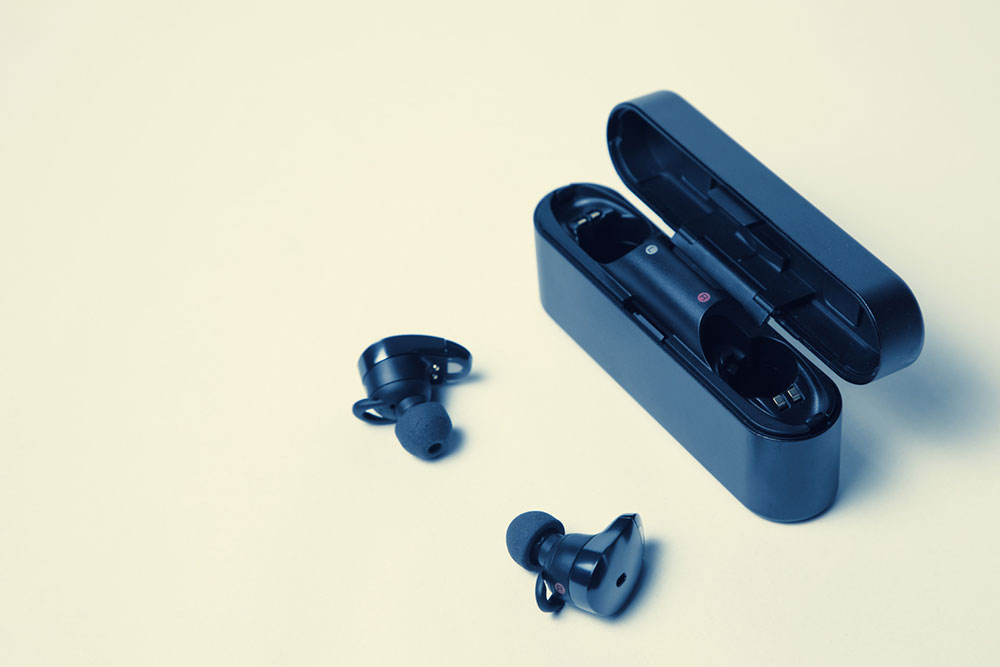
Tech
14 bad iPhone habits and tips to break them
In this digital era, iPhones have become indispensable companions, seamlessly integrating into daily lives. They take care of daily logs and meetings and give users easy access to social media and even bank accounts, among other things. However, certain habits can limit the utility of these powerful devices. So, here are common iPhone habits to consider breaking to unlock the full capabilities of their iPhones while ensuring a smoother, more secure digital experience: Ignoring software updates One of the most common habits iPhone users develop is ignoring software updates. These updates are more than just feature enhancements; they play a crucial role in enhancing security. With each update, Apple addresses vulnerabilities and patches potential entry points for cyber threats. It is imperative for users to accept updates promptly to ensure their iPhones remain protected against all kinds of threats. Tip: Enable automatic updates in the settings to ensure the iPhone is always up-to-date with the latest software, providing enhanced security and improved performance. Enabling app tracking Allowing apps to track user activity can compromise privacy and encourage targeted advertising. Users should exercise discretion by reviewing and adjusting app tracking permissions. By limiting tracking to essential apps only, users can regain control over their digital footprint and limit intrusive advertising from interfering with their digital experience.













